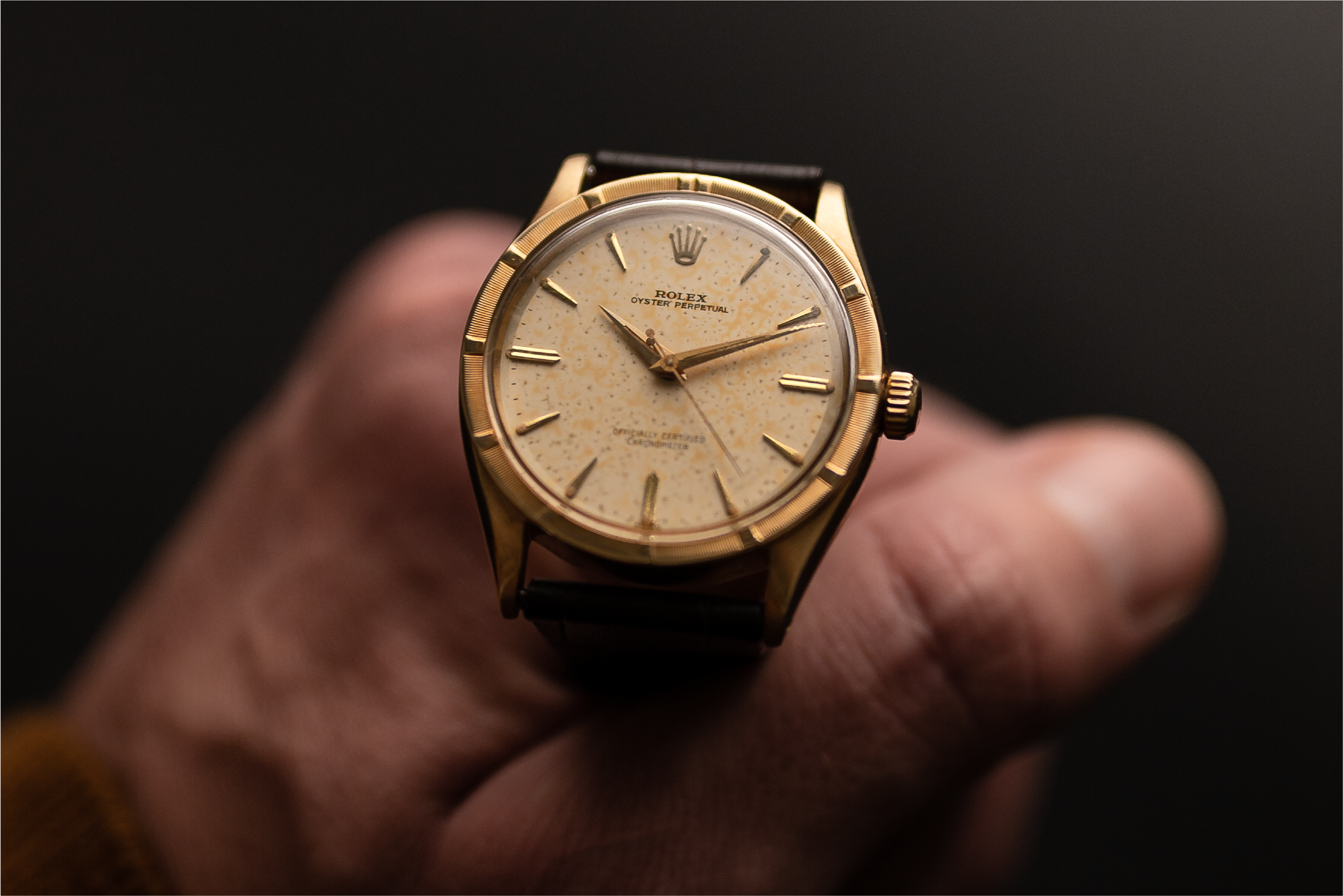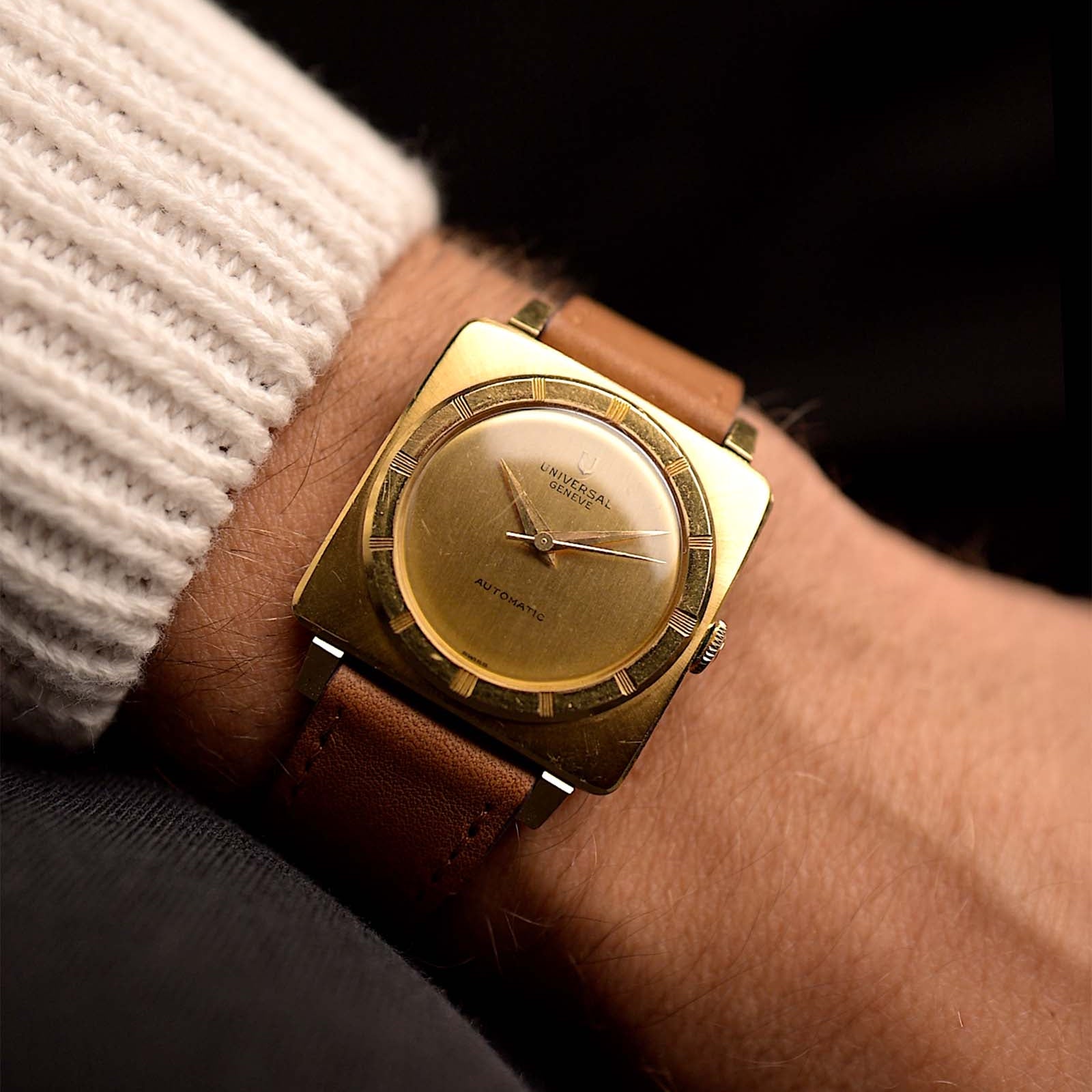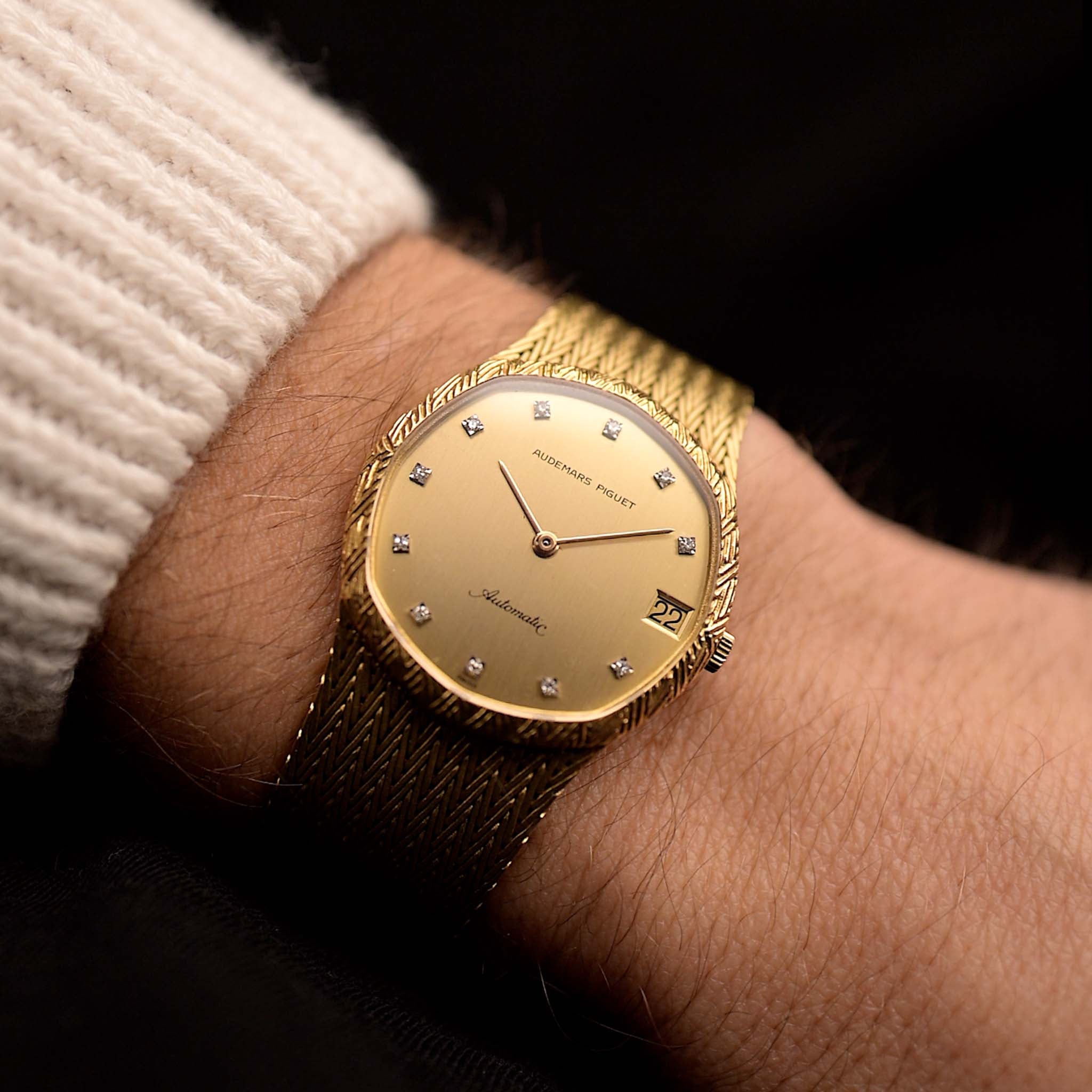What defines a watch hand as modern? Watch design is a fluid concept and every epoch defines its own style yet we can't invent countless new shapes. Consequently, the goal of this series is to define a few key hand designs and put them into perspective. When have these styles been en vogue and what kinds of watches have been associated with them. Are the hands contemporary objects at all?
October 01, 2021
The Ultimate Watch Hand Guide - Part I
 Marcus Siems @siemswatches
Marcus Siems @siemswatches
Collector, Author, Data Analyst
Watch design is a fluid concept and every epoch defines its own style. But when you read up about particular elements of watch design the term used the most is “modern” – as in "this is a modern set of hands". But can that be true? Yes, the watches we see on the market now reflect our contemporary taste. However, we also live through a new appreciation for heritage inspired timepieces. So what we think is modern now has mostly been modern decades ago as well. We thus need to adapt our definition and learn more about the when of watch trends.
Consequently, the goal of this series is to define a few key hand designs and put them into perspective. When have certain styles been en vogue and what kinds of watches are associated with them? The perfect tool to answer such questions is quantitative data analysis. I assessed the hands on almost 4000 watch dials publicly listed on Chrono24[1] with examples from 1940 until the end of the last century. With this extensive exploration we can find out what modern really means and learn more about the heritage of hand design.
This is the first part out of two. So buckle up, as I will guide you through the classic hand designs of the mid-20th century.
Sword Hands
Shape: The first very classic and simplistic design is the Sword or Glaive hand. Shaped… well… like a sword – narrow base, wider to the top with a pointy tip and often faceted. Another popular variant of this design is the Plongeur hand, which features luminous material instead of a midline elevation.
Distribution: As martial as this design looks it has been used on a variety of different timepieces all throughout time. In the 1940s the sword hand was a very common view on many military watches, by far its most prominent application (12% maximum annual market share). But throughout time we see several increases in popularity in the 1950s, 1970s and from the mid 1980s on. Interestingly, each time period has been using this design for different purposes; apart from the military we can see it on divers as well as on dressier watches.
Popular examples: Cartier Santos (but almost every Cartier), Omega Ploprof, Wehrmacht Beobachtungsuhr (B-Uhr), Rolex 5517 Milsub

Sword Hands: most popular in the 1940s and most recently. The design can be seen most prominently on military watches of WWII but also on several divers and dress watches. Photo @goldammer.me
Syringe Hands
Shape: Again for the syringe hand the name pretty much explains the shape: a barrel hand with a needle tip, like a syringe. It’s a classic design that leaves space for luminous material.
Distribution: The syringe itself has never been extremely popular to the mass market (never eclipsed 6% market share). Nevertheless, it was eminent for mid-century military watches and particularly military chronographs.
Popular examples: Patek Philippe 5172, Sinn 104

Syringe Hands: popular mid-century design for military watches and particularly military chronographs. Photo @goldammer.me
Cathedral Hands
Shape: The name for this style stems from the resemblance of stain-glass windows seen in old churches. The wide torso holds the semi-oval structure of three or more facets. The design is optimized to hold as much luminous material as possible. Typically, the hour hand shows the cathedral-like setup and the minute hand is more slender, syringe-esque.
Distribution: The large amount of luminous material makes this design the perfect military hand. Especially in the war and post-war years it is a classic design (but max. annual market share is below 4%). However, it got almost completely extinct after 1950 and is only since the 1990s gaining a little traction again.
Popular examples: Longines Majetek, Montblanc 1858, Oris Big Crown

Cathedral Hands: the epiphany of a pure vintage military watch hand design. It has little peak market share and goes almost completely extinct past 1950. Photo @goldammer.me
Leaf Hands
Shape: Leaf or Feuille hands are the embodiment of the Art Noveau idea. A playful, organic and naturalistic design, which shape is best described as a fir needle. It’s curvy and broadest approximately two fifths up from the base.
Distribution: The leaf can most likely be described as the first real fashion trend hand in the list. It’s the hand of the late 1940s and early 1950s. It’s a style that resonated with many people (above 20% max. share) in the post-war years. The distinguished look graced predominantly dress watches but has been common all throughout the watch world of its time.
Popular examples: Omega 30T2 of the time (for example Ref. CK2360s), Moser & Cie Endeavor, IWC Novecento, Audemars Piguet Jules Audemars

Leaf Hands: the hand of the late 1940s and early 1950s, with Art Noveau flair and organic silhouette, the trend watch of its time. Photo @goldammer.me
Alpha Hands
Shape: The alpha hands are both a playful yet sharp style. They form a deltoid with a short base and a long tip, comparable to an inverted sword hand.
Distribution: The alpha is quite prevalent in the 1950s and early 1960s (max. annual share of 17%). It’s a design common for almost all watches of the time, slightly favoring dress and dress casual pieces. Further, it is the style that at the time has particularly been common for Rolex pieces.
Popular examples: A. Lange & Söhne Lange 1, Rolex 6305 Ovettone, IWC Cal. 89, Piaget Polo S

Alpha Hands: a popular deltoid-shaped hand style of the 1950s and early 1960s. Photo @goldammer.me
Dauphine Hands
Shape: The dauphine hand is in every possible way the big brother of the alpha hand style. The dauphine is the answer to the leaf hand in the 1950s. From its profile it follows the clean lines of the deltoid or diamond shape again with a short base and long tip. However, different from the alpha, in the dauphine the broadest point of the deltoid is on the pinion, separating the hand into a short trunk and the long, time indicating tip. The Dauphine is typically faceted to perfectly capture the incoming light, highlighting its clean elegance. The origin of its name is debated. Dauphine is French so potentially the design dates back way before our records but there exists no clear watchmaking relationship from the name alone. Dauphiné was a region in the southeast of France until the late 18th century and an inofficial French nobility title, awarded up until the early 19th century to the wife of the heir to the French throne.
Distribution: The Dauphine is the trend design of the 1950s. It maxes at almost 50% market share in the mid-50s and is THE hand of its time. With its subtle elegance it’s the perfect style for the time and can be seen in almost every collection of the 1950s. However, the 1950s have also been the decade for dress watch design and as such we see the Dauphine as a classic dressy watch component.
Popular examples: Patek Philippe Calatrava 2508, Omega Seamaster (CK2846), Grand Seiko Snowflake, IWC Ingeneur 666, Jaeger-LeCoultre Reverso, Universal Geneve Polerouter

Dauphine Hands: the definition of a trend hand. It is by far the most popular 1950s style with clear lines and subtle elegance, the perfect dress watch accessory. Photo @goldammer.me
This ends the first part of our watch hand guide and the next will feature six more styles representing the second half of the last century and I promise there will be a bottomline.
Check out the guides here:
The Ultimate Watch Hand Guide Part I & Part II
References
[1] Watches from Chrono24, extracted 2020 Nov. 29th; Karlsruhe, Germany;
[2] The Hands of Time – A Guide to Names of the most used Watch Hands; Xavier Markl, Monochrome;
https://monochrome-watches.com/hands-time-guide-names-used-watch-hands/
[3] Know Them Like The Back Of Your Hand: The Most Popular Watch Hands… Explained; Priyam Bagga, Ethos Watches;
https://www.ethoswatches.com/the-watch-guide/watch-hands-explained/
[4] Watches 101: The 12 Most Popular Watch Hands; The Watch Index;
https://www.thewatchindex.com/Watches-101/Most-Popular-Watch-Hands/
[5] 20 Types Of Watch Hands; WatchRanker;
https://watchranker.com/watch-hand-types/
All rights on text and graphics reserved to the Author.




























Leave a comment